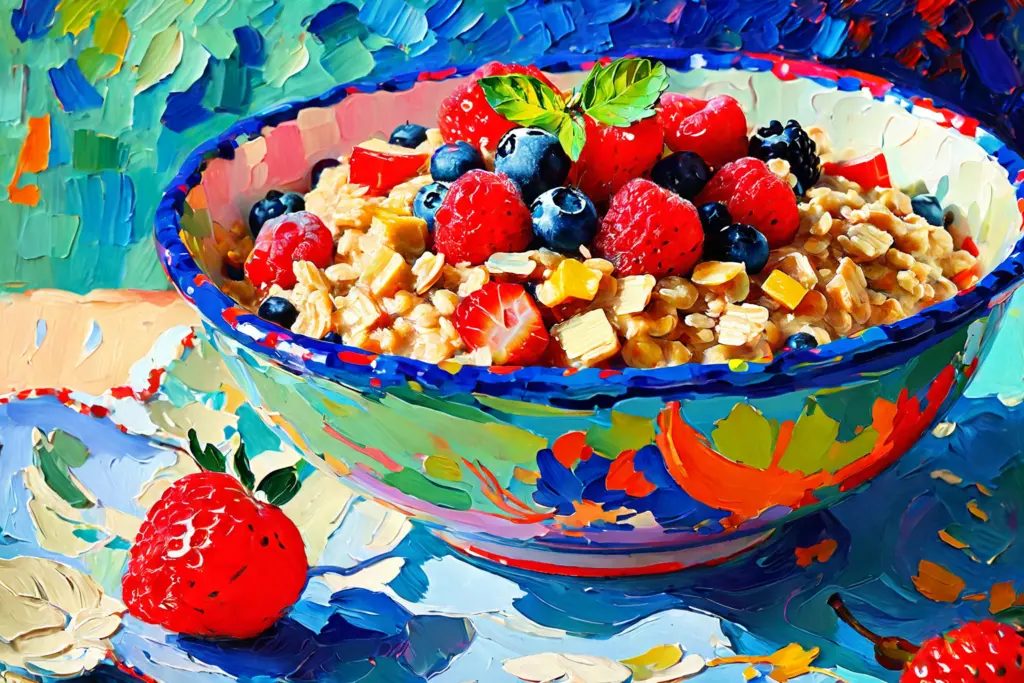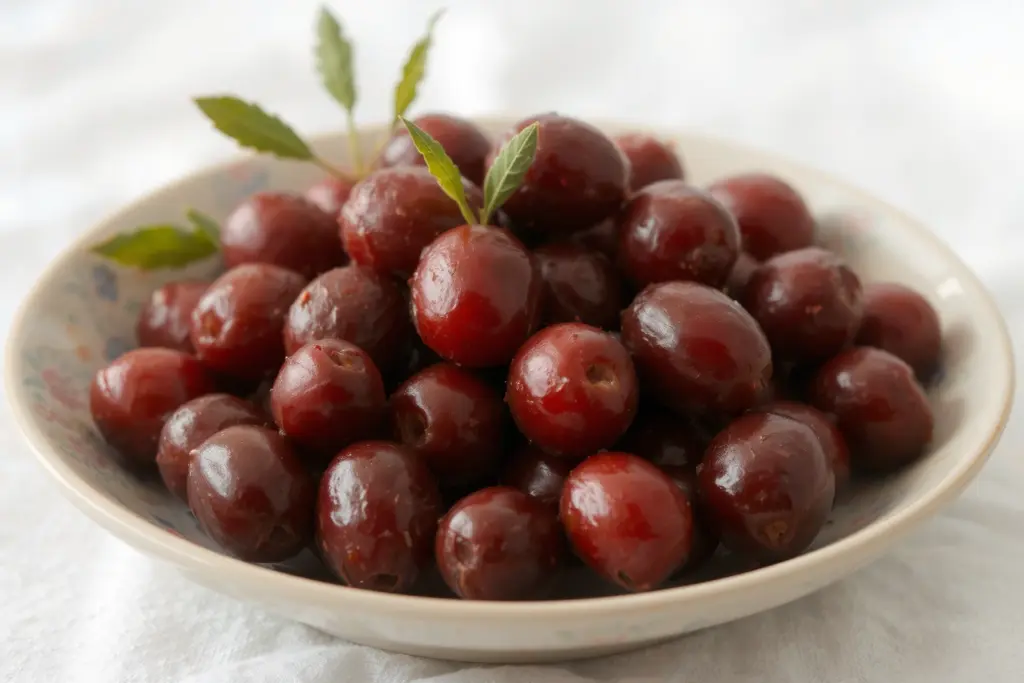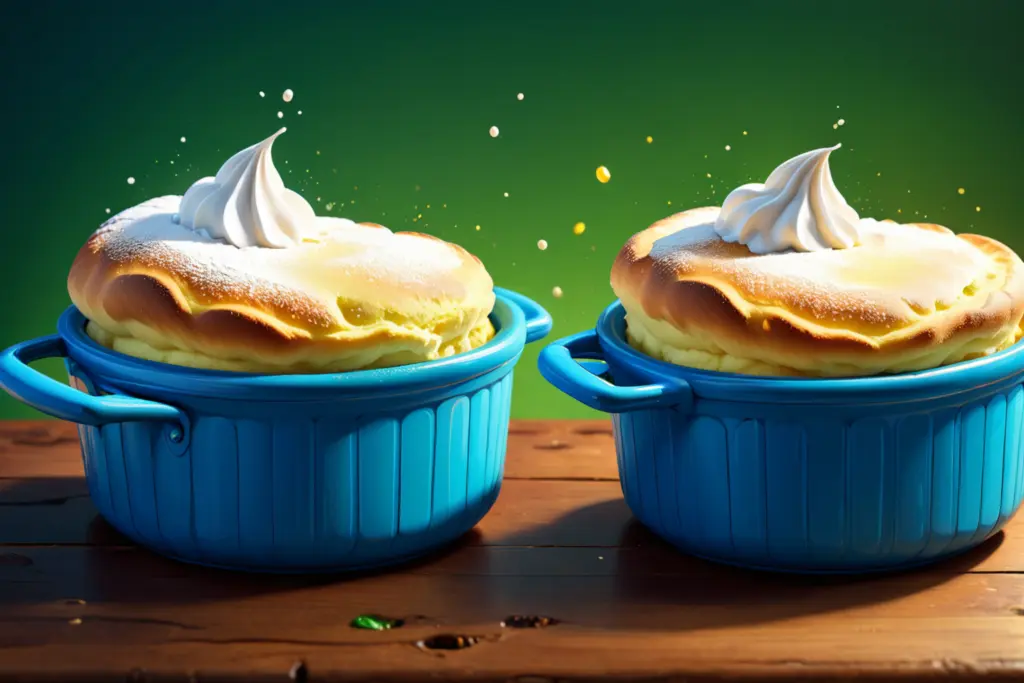
American Pale Ale (APA), often referred to as simply “Pale Ale” in many craft beer circles, is a style of beer that originated in the United States. It’s known for its bold, hop-forward flavors and light to medium body. The color ranges from pale gold to deep amber, reflecting the use of lighter malts to showcase the hop character.
The bitterness is moderate to high due to generous late-addition or dry-hopping with American hops, which impart flavors and aromas of citrus, pine, and tropical fruits. The malt profile typically includes Pilsner, Munich, and Caramel malts for a balanced sweetness that doesn’t overshadow the hop intensity.
Here’s a simple homebrew recipe for an American Pale Ale:
Recipe: American Pale Ale (5 gallons/19 L)
Malt Bill:
1. 8 lbs (3.6 kg) Pilsner Malt (4 SRM) – Base malt providing fermentable sugars and light color.
2. 1 lb (0.45 kg) Munich Malt (10 SRM) – Adds a touch of rich, bready flavor without darkening the beer significantly.
3. 0.5 lbs (0.23 kg) Carapils/Dextrine Malt (2 SRM) – Enhances head retention and body without adding color.
4. 1 lb (0.45 kg) Crystal 60L Malt (60 SRM) – Contributes a subtle caramel sweetness.
Hops:
1. Magnum (Target Hop): 2 oz (60 min) – Provides foundation bitterness and a hint of piney flavor.
2. Centennial: 4 oz (Whole Leaf, Whirlpool/Flameout) – American hop famous for its citrus and floral characteristics.
3. Citra: 1 oz (Dry Hop) – Adds intense tropical fruit aromas.
4. Amarillo: 0.5 oz (Dry Hop) – Contributes a unique, stone fruit-like flavor.
Yeast:
– US-05 or WLP001 California Ale Yeast – Clean-fermenting yeast that allows hop flavors to shine.
Mash Schedule:
– Single Infusion Mash at 152°F (67°C) for 60 minutes.
Brewing Process:
1. Start with around 6 gallons (23 L) of strike water at your mash temperature.
2. Mix your grains in the mash tun, adding water to reach total volume, then maintain this temperature for an hour.
3. Sparge the grains, collecting approximately 6.5-7 gallons (25-26 L) of wort.
4. Bring wort to a boil, then add your Magnum hops at the start of the 60-minute boil.
5. At 15 minutes left in the boil, add Centennial hops for bittering.
6. With 5 minutes remaining, whirlpool (or flame out) Centennial and add Citra hops.
7. After boiling is complete, quickly chill wort and transfer to fermenter, aerating the wort with pure oxygen if possible.
8. Pitch yeast, seal fermenter, and let it ferment at appropriate temperature (64-72°F/18-22°C) for about 1 week before transferring to secondary (if used), then let it condition another 1-2 weeks.
9. Dry hop with Amarillo during last few days of cold crash (around 50-55°F/10-13°C).
10. Bottle or keg after fermentation is complete, allowing for carbonation over 2 weeks at bottling/kegging temperature before enjoying!
Remember, homebrewing requires precision and cleanliness. Always use sanitizer when handling equipment that comes into contact with your wort to prevent contamination. Enjoy the process and the reward of a freshly brewed American Pale Ale!
Text model: granite3.2
Image model: DynaVisionXL
Welcome to my kitchen! I’m Global Gourmet , a foodie with a taste for adventure . Every day, I’ll be sharing a new recipe from around the world , featuring dishes from cultures near and far . From spicy curries to hearty stews , I’ll share the stories behind the meals and provide simple recipes to help you cook like a local .
Follow along for daily doses of culinary inspiration and global flavors !


